What we treat

Vertigo (BPPV)
Benign Paroxysmal Positional Vertigo (BPPV) occurs when tiny crystals in the inner ear become dislodged, leading to sensations of spinning or dizziness, often accompanied by nausea. This condition can significantly affect balance and daily activities.
At Optimum Clinic, we use targeted head movements and repositioning exercises to guide the crystals back to their proper place, alleviating dizziness and restoring balance.

Neck pain & injuries
Neck pain can result from various factors, including muscle strain, poor posture, or underlying conditions such as arthritis or nerve compression. Symptoms may include stiffness, discomfort, and even tingling sensations in the arms and hands, affecting daily activities and sleep quality.
Optimum Clinic offers a combination of manual therapy, postural correction, and targeted exercises designed to strengthen neck muscles and alleviate pain, helping to prevent future discomfort.
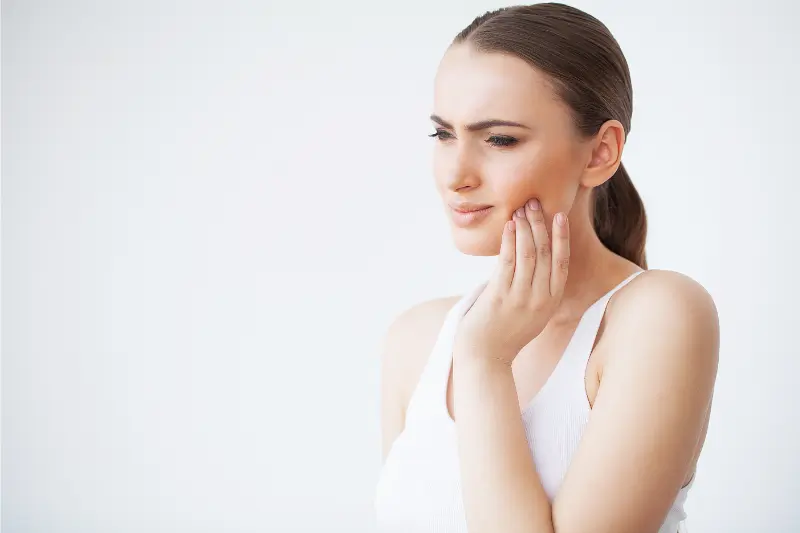
Temporomandibular joint (TMJ)
The temporomandibular joint connects the jaw to the skull and can become inflamed or misaligned due to factors like teeth grinding, stress, or arthritis. This can lead to jaw pain, clicking sounds, and headaches.
At Optimum Clinic, we collaborate closely with dental professionals to identify the underlying causes and implement targeted treatments, massage and exercises to restore normal joint function and alleviate discomfort.

Shoulder pain & injuries
Shoulder pain can arise from injuries, muscle imbalances, or overuse, leading to conditions such as bursitis, frozen shoulder, or rotator cuff tears. Symptoms may include limited movement, radiating pain, and disturbed sleep.
Optimum Clinic focuses on identifying the specific cause and utilises a range of treatments to relieve pain, improve mobility, and enhance shoulder stability to prevent recurrence.

Elbow pain & injuries
The elbow is integral to various movements, and pain can result from conditions like tennis elbow (lateral epicondylitis), golfer’s elbow (medial epicondylitis), or bursitis. These issues can affect both gross and fine motor tasks, from lifting to turning a key.
At Optimum Clinic, we provide comprehensive assessments and treatments, including bracing and targeted exercises, to alleviate pain and restore elbow function.
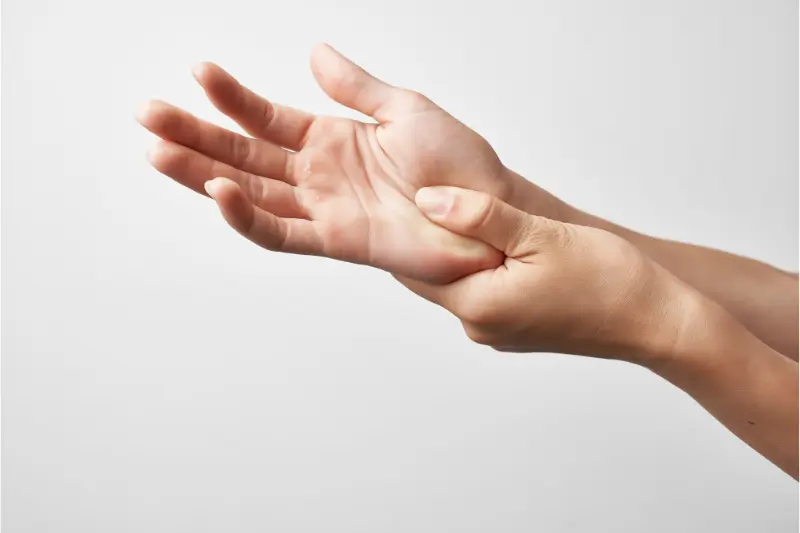
Hand / wrist pain & injuries
Hand and wrist pain can stem from overuse, injury, or conditions like carpal tunnel syndrome and De Quervain’s tenosynovitis. These issues can significantly impact daily activities and even disrupt sleep.
Optimum Clinic offers treatments such as manual therapy, bracing, and exercises to reduce pain and improve hand and wrist function.
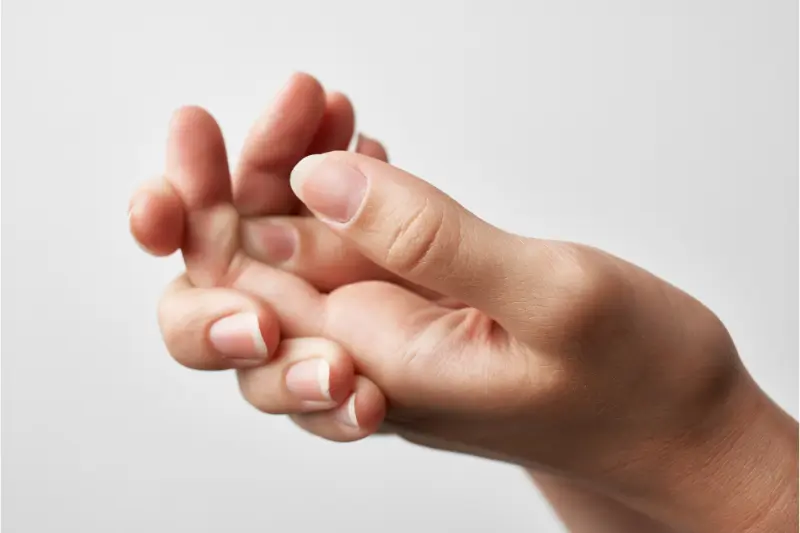
Finger pain & injuries
Finger injuries, resulting from trauma, arthritis, or overuse, can disrupt daily tasks and lead to chronic problems if not addressed promptly.
At Optimum Clinic, we emphasise early intervention with targeted treatments to restore function and prevent long-term issues.
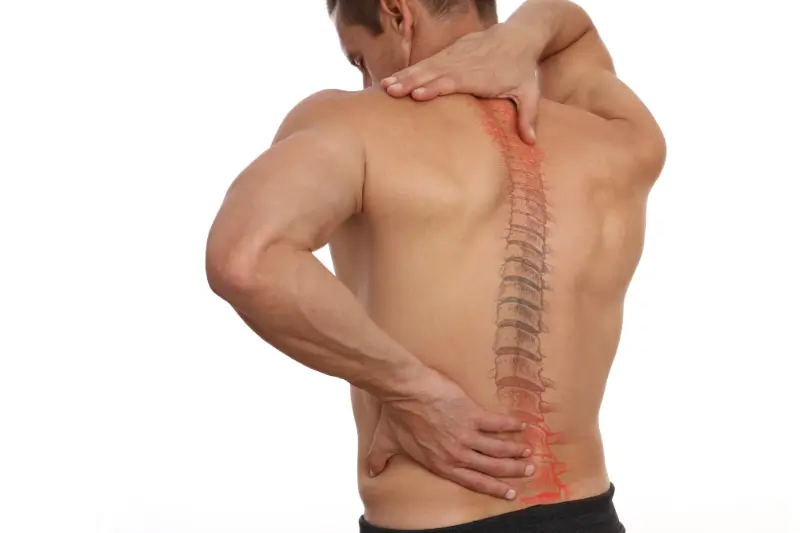
Thoracic pain & injuries
Thoracic pain, located in the mid-back region, often arises from postural imbalances or muscular issues, leading to discomfort and restricted movement.
Optimum Clinic provides comprehensive assessments and personalised treatment plans to address the underlying causes and alleviate thoracic pain.
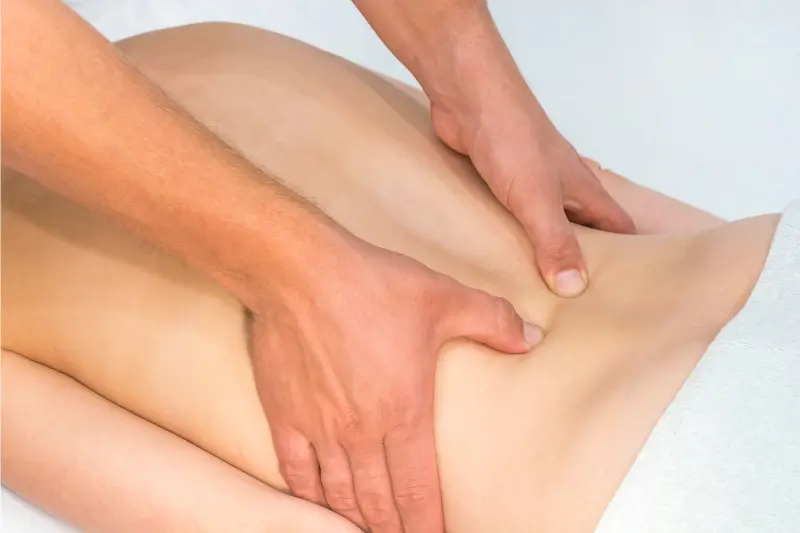
Low back pain & sciatica
Lower back pain can result from muscle strain, poor posture, or conditions like slipped or herniated discs which can affect mobility and quality of life.
At Optimum Clinic, we offer tailored treatments, including manual therapy and strengthening exercises, to alleviate pain and improve function.
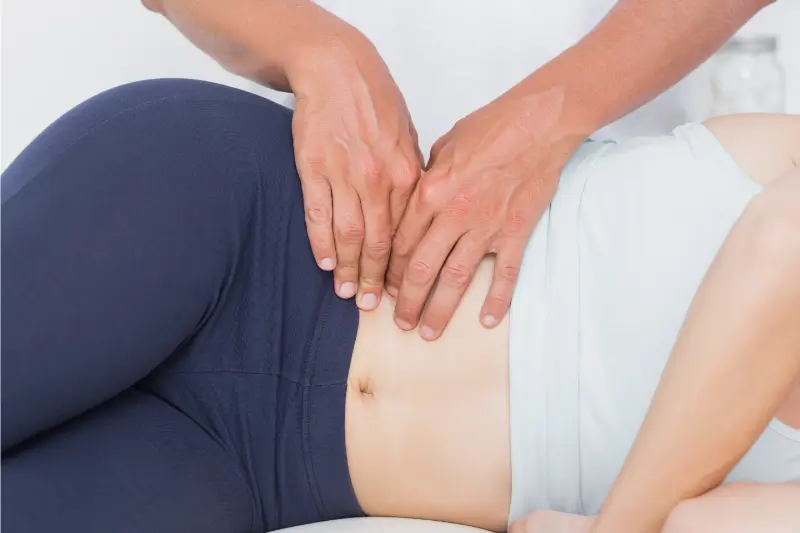
Pelvic / hip pain & injuries
Pelvic and hip pain can arise from various causes, including muscular imbalances or joint dysfunction, leading to discomfort and functional limitations.
Optimum Clinic provides specialised assessments and treatments to address pelvic pain and restore normal function.

Knee pain & injuries
Knee pain can arise from ligament injuries, cartilage damage, or arthritis, leading to swelling, instability, and difficulty with weight-bearing activities.
Optimum Clinic offers comprehensive evaluations and personalised treatment plans to reduce pain, improve mobility, and strengthen the knee joint.
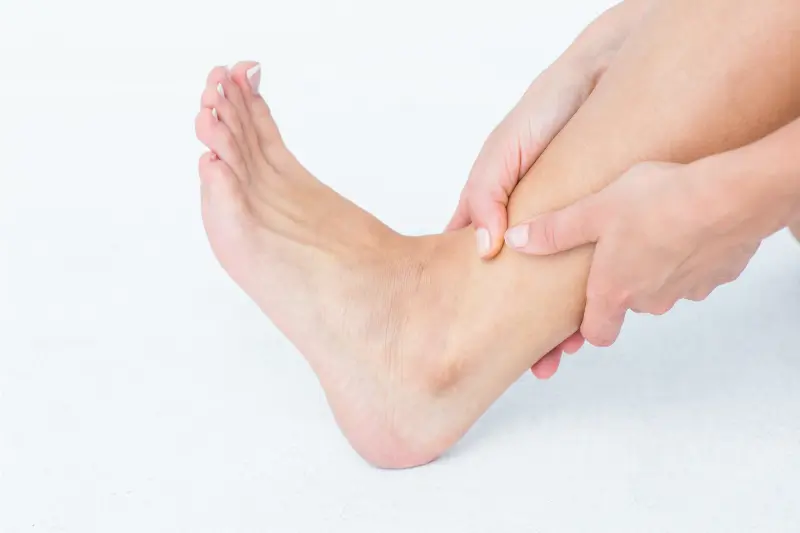
Foot / ankle pain & injuries
Foot pain can stem from plantar fasciitis, fractures, or nerve compression, affecting daily activities and overall quality of life.
Ankle pain, often resulting from sprains, fractures, or tendonitis, can impair mobility and balance.
At Optimum Clinic, we provide targeted rehabilitation programs to promote healing, enhance strength, and prevent future injuries.

Headaches & migraines
Headaches and migraines can be debilitating, often resulting from tension, stress, or musculoskeletal issues.
At Optimum Clinic, we identify contributing factors and provide therapies to reduce frequency and intensity, enhancing your quality of life.

Sports injuries
Sports injuries, such as sprains, strains, or fractures, can sideline athletes and active individuals.
Optimum Clinic offers tailored rehabilitation programs to facilitate recovery, enhance performance, and prevent future injuries.
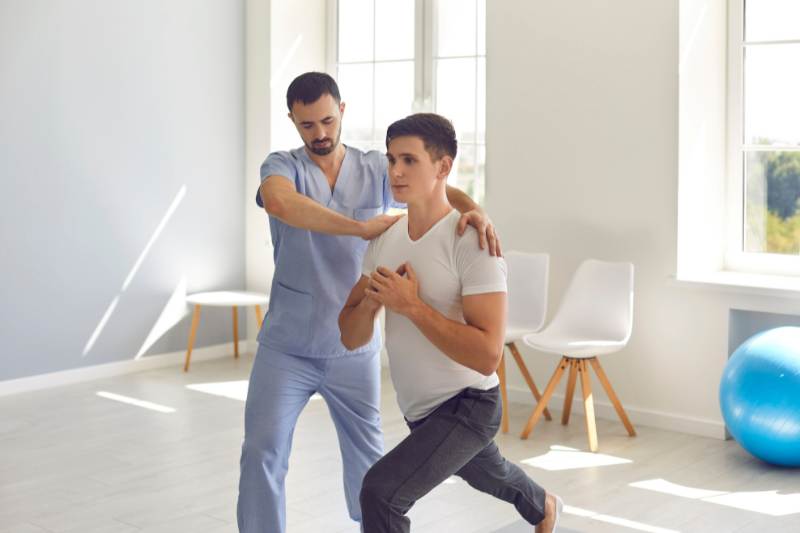
Pre / post surgical rehab
Proper rehabilitation before and after surgery is crucial for optimal recovery and function.
At Optimum Clinic, we design personalised programs to prepare your body for surgery and facilitate effective post-operative recovery.
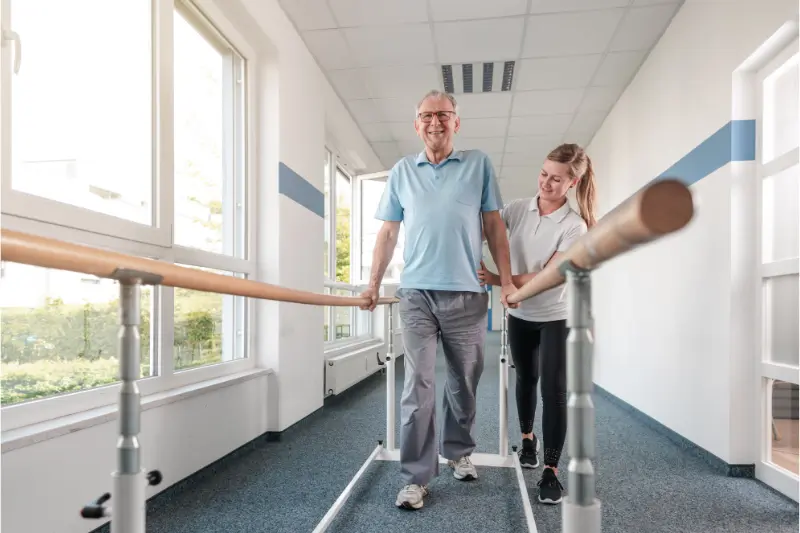
Gait abnormalities
This is analysing the way we walk. No two people walk the same way but when we analyse how the body and limbs move we can predict how this may be impacting on pain or dysfunction. When we educate clients on modifying their movement, we can improve issues ranging from back, hip, knee and foot pain to enhancing Occasionally We can also work out if one leg is longer than the other. Sometimes we will recommend orthotics, a heel raise in your shoe or strengthening one side of the body to equalise your walking pattern.
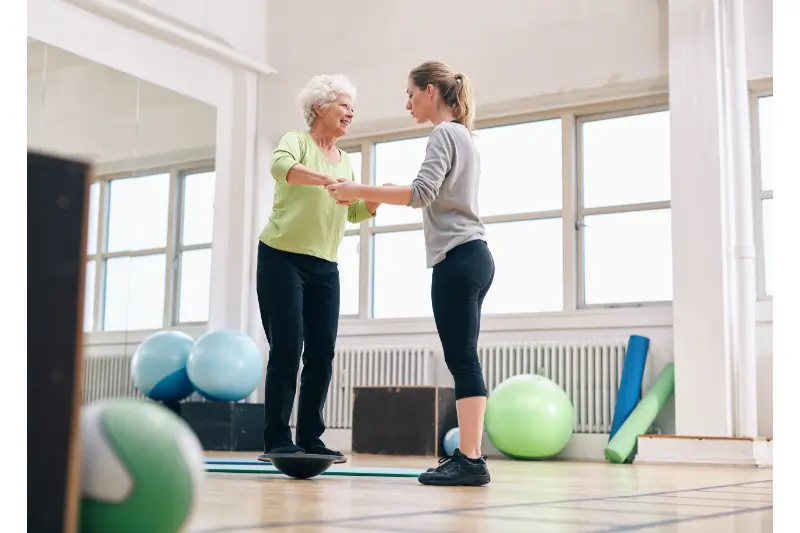
Falls / balance retraining
Falls in the elderly population are one of the leading cause of injury and hospitalisation, causing fractures, head injuries and a decline in health and mobility. As we age, our bone strength and muscle strength reduces, increasing our risk of falls. We will work with you to implement a program to improve your balance, strengthen those muscles that are important for balance, and educate you how to reduce your risk of falls. This may include prescription of gait aids or tools at home to assist you. We have a life-long commitment to your health journey and want to ensure you stay upright and on your feet throughout your life.
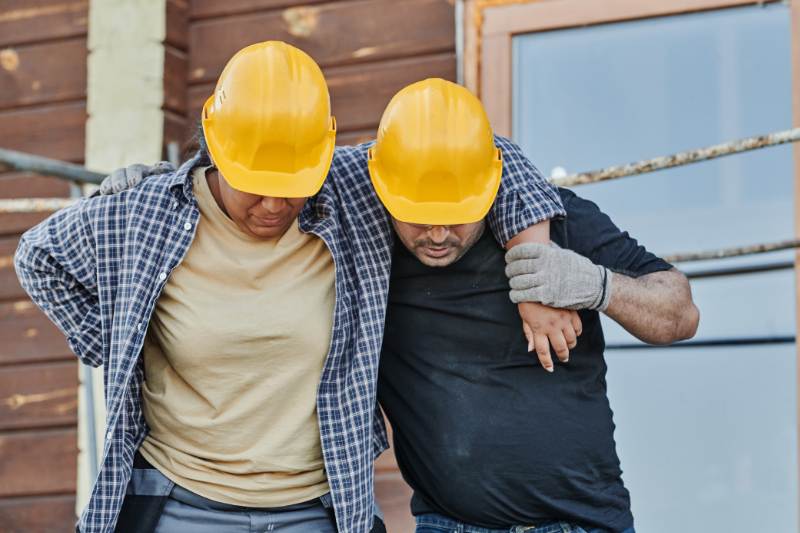
NDIS / workcover / TAC
Navigating recovery from work-related injuries or transport accidents requires specialised care.
Optimum Clinic provides comprehensive rehabilitation services under WorkCover and TAC, supporting your journey back to work and daily activities.
$59
New patient
SPECIAL
